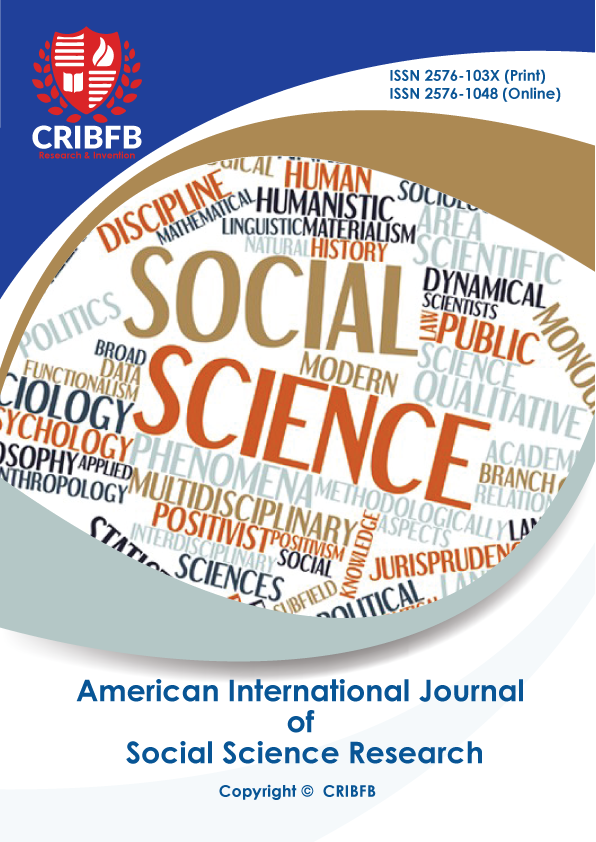STUDENTS SATISFACTION IN MAJOR PUBLIC UNIVERSITY: A PRE-PANDEMIC STUDY IN BANGLADESH
Main Article Content
Abstract
Student satisfaction is entitled to the standard facilities enjoyed by the students according to the cherished and standardised criteria. In Bangladesh, public universities are furnishing education to a myriad of students. But in terms of catering privileged prerequisites compare to top-class universities over the globe, we are far behind. To investigate the level of student gratification, we constructed some benchmark questions and collected feedback from five top-rated university students. We focused on various conglomerate issues faced by public university students, aiming to scrutinise the substantive outline. Advance statistical tools are used to analyse the data. We revealed some malaise from the student response. Quite a few strategies and reciprocity from the jurisdiction can quench the environment, which will augment the student satisfaction level.
Downloads
Article Details
Issue
Section
How to Cite
References
Clewes, D. (2011). A student-centred conceptual model of service quality in higher education. Quality in Higher Education, 9(1), 69-85.
Chaudhary, A.R., Iqbal A., & Gillani, S.Y.M. (2009). The nexus between higher education and economic growth: An empirical investigation for Pakistan. Pakistan Journal of Commerce and Social Sciences. 3, 01-09.
Douglas, J. (2011). Evaluating teaching quality. Quality in Higher Education, 12(1), 3-12.
Gruber, T., Fub, S., Voss, R., & Gläser-Zikuda, M. (2010). Examining Student Satisfaction with Higher Education Services Using a New Measurement Tool. International Journal of Public Sector Management, 23(2), 105-123.
Harvey, L., & Green, D. (2012). Defining quality, Assessment & Evaluation in Higher Education. The New Review of Academic Librarianship, 18(1), 9-34.
Henning, T., Langer, M., & Hansen, U. (2001). Modelling and managing student loyalty review of the literature on higher education marketing. International Journal of Public Sector Management, 19(2), 316-38.
Helal, M. S. A., Ahmed, I., & Bhuiyan, M. E. M. (2021). Impact of Education Management Information System (EMIS) on Teaching-Learning Development. International Journal of Academic Research in Progressive Education and Development, 10(2), 948–956. https://doi.org/10.6007/IJARPED/v10-i2/10443
Islam, K. M., & Salma, U. (2016). The Role of Private Universities in Higher Education of Bangladesh: An Empirical Investigation. International Journal of Finance and Banking Research, 2(4), 121-128.
Marilyn, R. (2005). Marketing education: a review of service quality perceptions among international students. International Journal of Contemporary Hospitality Management, 17(1), 65-77.
Mobasser, M., & Muhammed, B.H. (2010). Higher education in Bangladesh: Status, issues, and prospects. Pakistan Journal of Social Sciences (PJSS), 30(2), 293-305.
Nadiri, H., Kandampully, J., & Hussain, K. (2009). Students' perceptions of service quality in higher education, Total Quality Management, 20(5), 523-535.
Rodney, A., & John, H. (2009). An empirical model of international student satisfaction. Asia Pacific Journal of Marketing and Logistics, 21(4), 555-569.
Zeithaml, V. A., Bitner, M. J., & Gremler, D. D. (2010). Services marketing strategy, Wiley International Encyclopedia of Marketing.




